A recent usability study found that average cell phone users are far more efficient using physical QWERTY keypads to type messages than they are when using the virtual keypad included with Apple Inc.'s new iPhone.
For the the study, the firm brought in a total of 20 participants who said they sent text messages at least 15 times per week — ten of the participants owned a phone with a QWERTY keypad, and ten of the participants owned a phone with a numeric keypad.
During each session, participants were required to use their own phones to copy 12 standard messages that had been created for the study. The participants, none of which had ever used an iPhone, were then provided with one of the Apple handsets and asked to repeat the task.
"In general, participants took longer to enter text messages on the iPhone than on their own phone," User Centric wrote in a summary of the study. "Despite the keyboard similarities, QWERTY phone users took nearly twice as long to enter comparable messages on the iPhone compared to their own phone."
Specifically, participants were asked to copy 12 standard messages, each of which was between 104-106 characters in length (including spaces). Six of the messages each contained 8-10 instances of proper capitalization and punctuation, while the remaining six messages contained no capitalization or punctuation but had some abbreviations.
Participants were given little time to familiarize themselves with the iPhone's touch keyboard ahead of the study and therefore their texting abilities were still at the novice level. Throughout the study, however, User Centric said there were some "limited improvements in keyboard comfort as users progressed through the tasks on the iPhone."
"Overall, the findings in the study can be taken as a good representation of what iPhone text messaging is like for a customer who has just bought an iPhone and is using it for the first time," said Gavin Lew, Managing Director at User Centric. "It's important to consider the changes a person has to make when they switch to the iPhone.
Some specific observations from the July study are listed below:
Detailed Observations of User Text Entry on the iPhone Ergonomic Issues
- Most participants felt that their fingertips were too large for the iPhone's touch keyboard.
- Most QWERTY phone users initially used the iPhone by holding it with both hands and typing with their two thumbs. However, by the end of the session, most had decided that it was easier for them to use one index finger to type.
- Over half of the participants stated that they would have preferred the feel of an actual key to the iPhone's touch keypad.
- Most participants noticed that there was no tactile feedback on the iPhone keypad.
- Some mentioned that the feel of the key on conventional phones helps them locate the desired key without having to focus on the actual keypad.
- Participants expressed a great deal of frustration with the sensitivity of the iPhone touch keypad.
- Participants made an average of 11 errors per message on the iPhone compared to an average of 3 errors per text message on their own phone. Although the error rate was alleviated somewhat by the iPhone's self-correction feature, participants were still frustrated.
- In particular, participants struggled when they were trying to type using the Q & W keys or the O & P keys on the iPhone.
- 5 out of 20 participants asked if the iPhone came with a stylus. They indicated that they could be more accurate with the stylus rather than their fingers due to the sensitivity of the screen.
- One female participant tried to interact with the iPhone keypad using her fingernail and was unsuccessful.
- The space bar, return, and backspace keys presented issues for many participants because these keys were spaced so closely to each other.
- No one discovered the drag and lift feature of the keyboard, which reduces errors.
- Many participants said they could not see themselves attempting text entry on the iPhone in distracting conditions.
- Specifically, participants did not think they could text message on the iPhone safely while driving.
- Only a few participants discovered and correctly learned to use the predictive and/or corrective text features on the iPhone. QWERTY phone users in particular had a tendency to backspace when they were correcting mistakes.
- Participants did not understand how the predictive / corrective text bubbles worked.
- 6 out of 20 participants tried to touch the bubble to get the word in the text bubble to appear.
- Three participants tried hitting the backspace key because they associated the ‘x' on it with the ‘x' in the bubble.
- It was especially frustrating for participants when they attempted to place the cursor in the middle of a word.
- None of the participants discovered the magnifying glass feature while text messaging.
- During a follow-up task that involved correcting a note in the iPhone's Notes application, 6 out of 20 did discover the magnifying glass feature. However, not all participants realized that the feature helps place the cursor in addition to enlarging the text.
 Slash Lane
Slash Lane




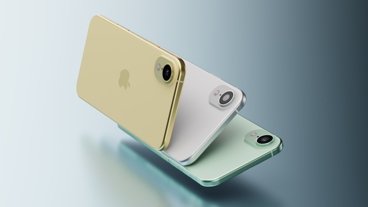
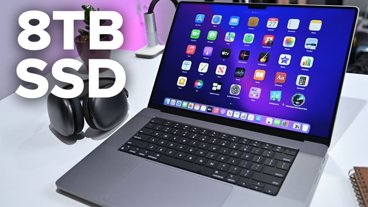
-m.jpg)





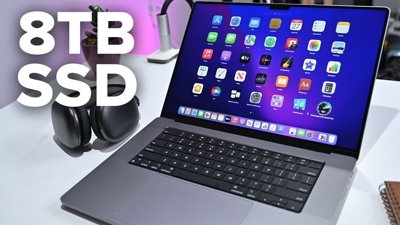
 Christine McKee
Christine McKee
 Marko Zivkovic
Marko Zivkovic
 Wesley Hilliard
Wesley Hilliard
 Malcolm Owen
Malcolm Owen


 William Gallagher
William Gallagher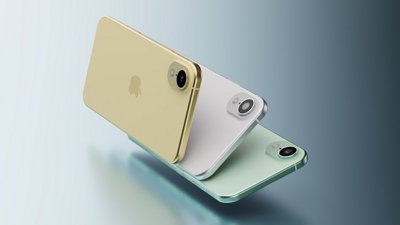


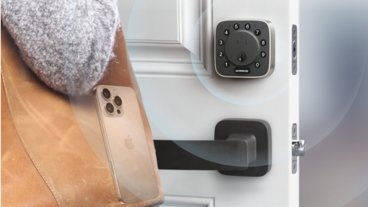







98 Comments
private
For the the study, the firm brought in a total of 20 participants who said they sent text messages at least 15 times per week -- ten of the participants owned a phone with a QWERTY keypad, and ten of the participants owned a phone with a numeric keypad.
Given the methodology they picked, I'd say the "study" was a complete failure at showing the iPhone as an inefficient way to send messages. I'm sure I could get the same result from merely switching out brands of keyboard (but not layout) under a desktop PC user. Motor skills never transfer immediately from one input device to another.
Comparing first time usage to long time usage...hmmm. Whatever floats your boat, but seems rather useless information.
well of course everything is hard the first time you try to do it.
playing baseball, driving, using wii controllers, using an iphone keypad, etc.
it's called learning curve.
http://macdailynews.com/index.php/we...omments/14615/
Quote:
MacDailyNews Take: This is so interesting that we decided to conduct a similar study of our own!
MacDailyNews took a total of 20 participants who had watched golf on TV, but never played the game. 10 of the participants had played field hockey. The other 10 had played ice hockey. Participants were give a bag of clubs, many balls, and were driven out to the first tee and told to begin play.
We recorded these detailed observations:
? Most participants felt either that the ball was too small or the clubs were too long to hit accurate shots.
? Most felt it was easier to watch golf on TV than to actually play the game.
? Most participants noticed that the sand hindered their shots.
? Most ice hockey players initially held the club like an ice hockey stick.
? All ice hockey players believed playing ice hockey to be easier than playing golf.
? Most field hockey players intitally held the club like a field hockey stick.
? All field hockey players believed playing field hockey to be easier than playing golf.
? Participants made an average of 11 strokes per hole higher than actual golfers (18 handicap).
? In particular, participants struggled with driving, approach shots, chipping, putting, sand shots, and general etiquette.
? One female field hockey participant tried to jump her golf cart over a stream, but was unsuccessful.
? 5 out of 20 participants asked if the golf tees could be used for every shot.
? Participants expressed a great deal of frustration with the game of golf.
Based on our study's findings, it appears that non-golfers are likely to eventually increase their level of play with practice, hence actually becoming golfers.
Our study indicates that people who have never played golf are likely to have some level of initial frustration with the game. Although our analysis suggests that both types will eventually adapt to the game with practice, the learning curve for golf will be slightly steeper for field hockey players than for ice hockey players based mainly on that unfortunate golf cart and stream episode.
Learning to use Apple's iPhone expertly is immeasurably easier than learning how to play golf at its most basic.
Take this with a grain of salt....